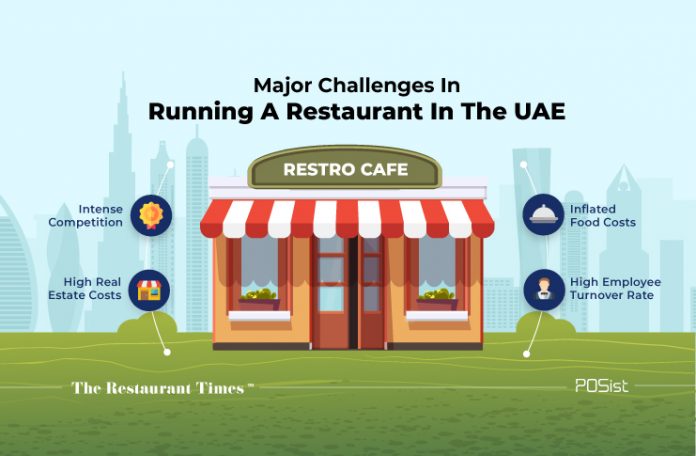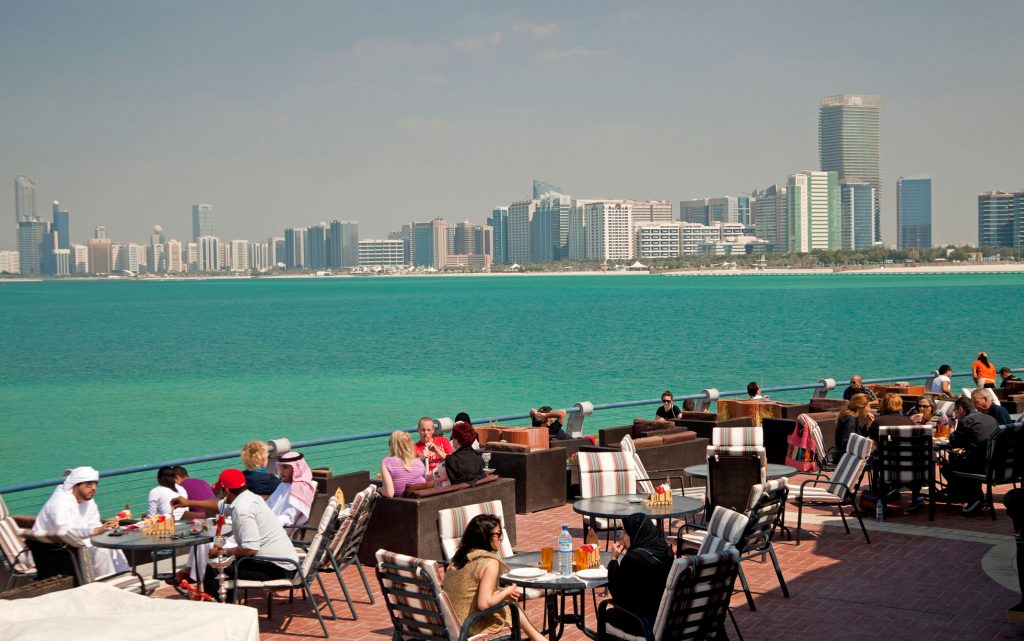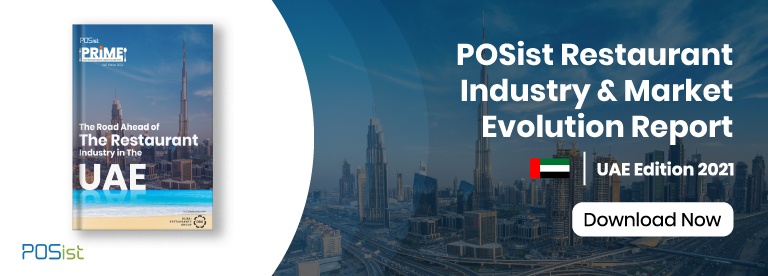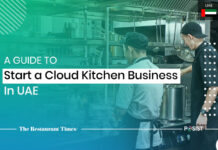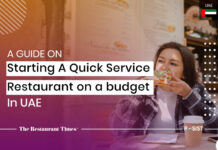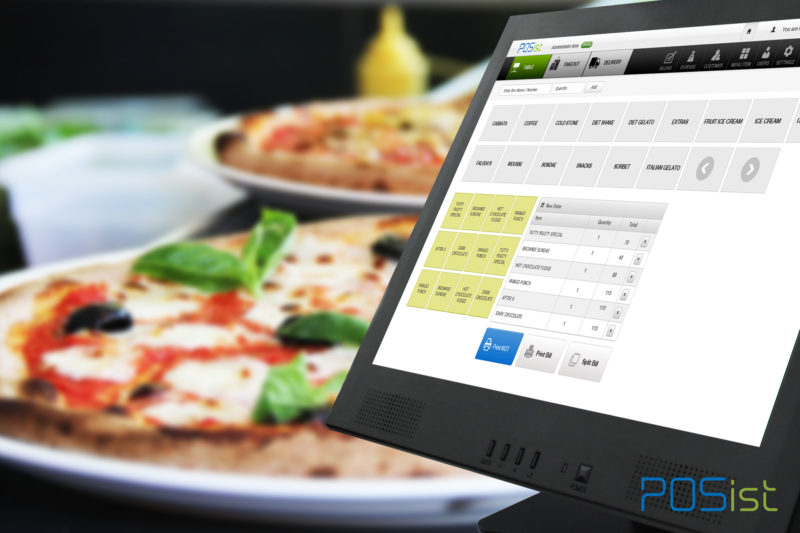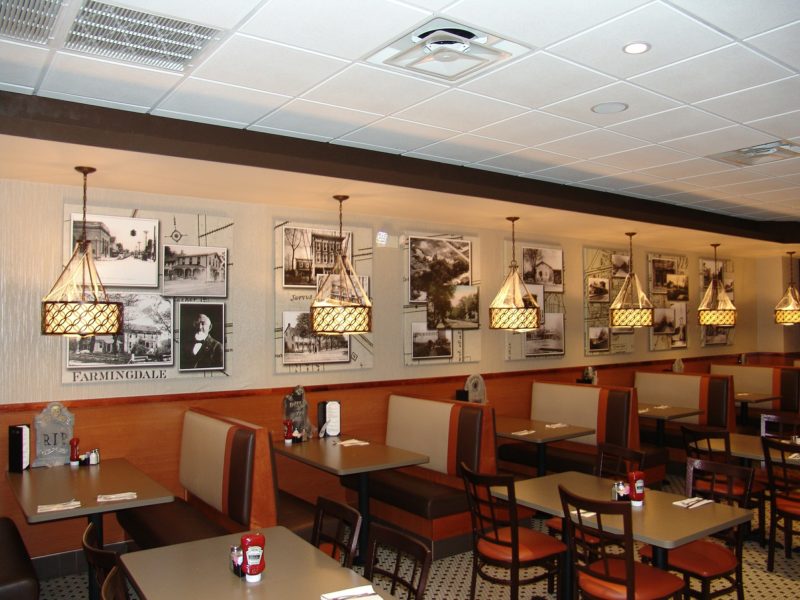With the UAE foodservice market forecasted to grow at a CAGR of 5.22% during (2019 – 2024), it is right to say that the F&B industry is one of the fastest and most competitive sectors in the UAE. The city is home to over 200 nationalities and supports a variety of restaurant concepts that have emerged rapidly. High disposable income, flourishing tourism sector, modern lifestyle, and evolving consumer preferences have been the most significant growth drivers of the foodservice market in the UAE. However, running a restaurant in the extremely competitive UAE market is ridden with some of the most challenging factors. This article discusses the major challenges faced by restaurants in the UAE and offers useful tips that will help in overcoming these challenges and fostering business growth.
Top 4 Major Challenges In Running A Restaurant In UAE
To run a successful restaurant business in the UAE, there are multiple factors and challenges that need to be considered. We have compiled a list of the top four challenges faced by restaurant operators in the UAE and tips on how to overcome them. The problems mentioned in the article would also serve as a guide to aspiring restaurant owners about what to expect when setting up a restaurant in Dubai.
1. High Competition
The UAE foodservice market comprises a large number of regional and international players among other local players. According to KPMG’s analysis, Dubai has a large restaurant footprint with 2935 restaurants per million residents. The growing variety of new restaurant concepts have further raised the competition in the F&B sector. Additionally, there is increased competition among the operators, based on the pricing and quality of foodservice.
The flourishing metropolitan areas of the UAE make it one of the most important economic centres of the Middle East. The country’s unique position has attracted many restaurant operators thanks to its evolving economy and shifting demographics. Low entry barriers and conducive business environments have resulted in too many service providers crowding the restaurant space.
Tips For Overcoming Competition In UAE Restaurants
- With increased competition, profit margins can diminish, making a restaurant venture unsustainable. Along with forming strategies to attract more customers, make customer retention the primary area of focus. As 80 percent of a restaurant’s business comes from 20 percent of the regular customers, your restaurant’s marketing efforts must cater to the interests of your regular patrons
- By leveraging CRM technology, create rewards, integrate loyalty programs, offer special discounts to the regulars, and accommodate customized plans for your customers. This strategy will help in retaining and building a connection with your customers.
- To gain a competitive advantage and set your restaurant brand apart from other direct and indirect competitors, develop your unique selling proposition via a distinctive theme, re-engineered menu, value-based pricing, exceptional brand presence, etc.
2. Real-Estate Costs
For restaurant operators, real estate rental is a significant cost component and accounts for a substantial percentage of the total revenue. Foodservice operators in Dubai bear hefty rental costs where the average cost of opening a small, independent restaurant in Dubai ranges from AED 500,000 to AED 1.25 mn depending on the restaurant size and leasing costs. The figures are based on an approximate restaurant space ranging between 500 and 1200 sqm. Capital costs, working capital, and rent comprises 78 percent of the total money outflow.
Overcome The High Rentals Issue With Proper Budget Management
- While high restaurant rentals are an unavoidable aspect of operating a restaurant business, it is advisable to analyze the market and customer trends and prepare a balanced business plan that comprises all the financial forecasts.
- Before finalizing the location for your dining establishment, analyze the restaurant’s long term goals, product offerings, footfall in the vicinity areas and target audience,
- Opt for locations that are in alignment with your restaurant’s requirements and are in your budget.
3. High Food Costs
The UAE’s harsh climate and limited arable land offer little opportunity for food production. Over 80 percent of the food is imported. Though the cost of food has decreased by 1.1 percent, the food quantities are also shrinking. The United Arab Emirates’ Food Inflation is projected to trend around 2.00 percent in 2021. Moreover, the cost of living in the United Arab Emirates is more expensive than in 83% of countries of the world (source: expatistan), putting a direct impact on food costs.
Control The High Food Costs In UAE with Standardization
Given the rate of inflation, it is not exactly possible for restaurant owners to trust the market with food prices. Hence a more viable solution is to practice food cost control at their individual outlets.
- While food inflation is subject to economic changes, you can effectively manage inventory and prevent food wastage by implementing robust POS systems in your restaurant.
- Adopt Standard Operating Procedures that are followed thoroughly by the employees especially while preparing dishes
- Establish a menu pricing policy that covers the fixed overhead costs and bring changes in the menu according to the fluctuating food costs. However, remember not to overprice the menu offerings to avoid the loss of potential customers.
4. High Employee Turnover Rate
While retaining customers is in itself a challenging process, most restaurants in the UAE face a bigger challenge-retaining the staff. In the UAE, the F&B industry experiences one of the highest employee turnover rates as employees have a plethora of options to move to. Even though there is no shortage in the supply of labor, the demand for professionals and increased competition have stirred the industry enough to raise staff attrition levels.
According to a report, a staggering 83% of UAE workers may consider resigning from their current position to seek better opportunities with another employer. A high attrition rate has an adverse effect on the performance of other employees and considerably hits the restaurant’s finances.
Retain Restaurant Employees With An Effective Employee Retention Strategy
- Conduct proper training programs for new employees as well as existing ones. When implementing new changes in the restaurant, encourage communication, provide all the necessary information, and invite constructive feedback
- Offering competitive wages can lower the attrition rate significantly. Conduct regular performance reviews and provide annual raises to boost productivity
- Implement an attractive reward and recognition strategy to acknowledge the achievements of your employees. Reward employees based on their contributions. Offer salary hikes, bonuses, and other financial rewards such as health and medical benefits to motivate the employees and foster loyalty.
These are some of the top challenges in running a restaurant business in the UAE market. If you are running a restaurant business in the UAE or deciding to enter the Dubai F&B space, keep these challenges in mind and overcome them with confidence!


